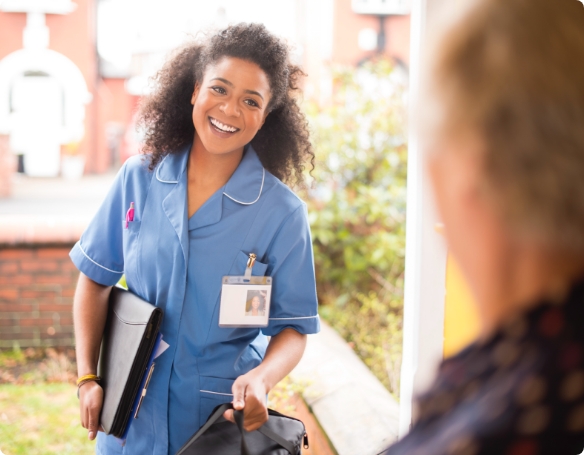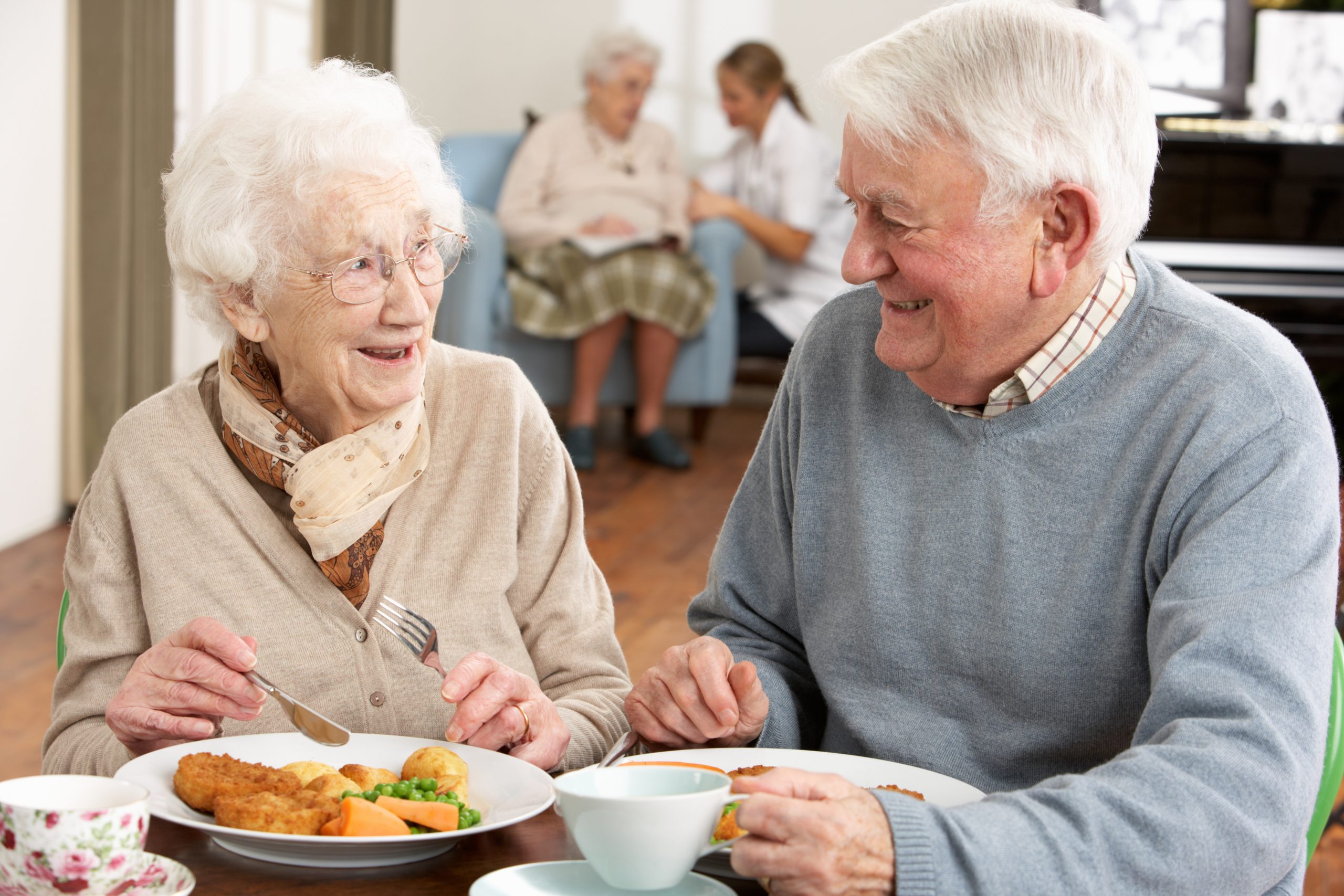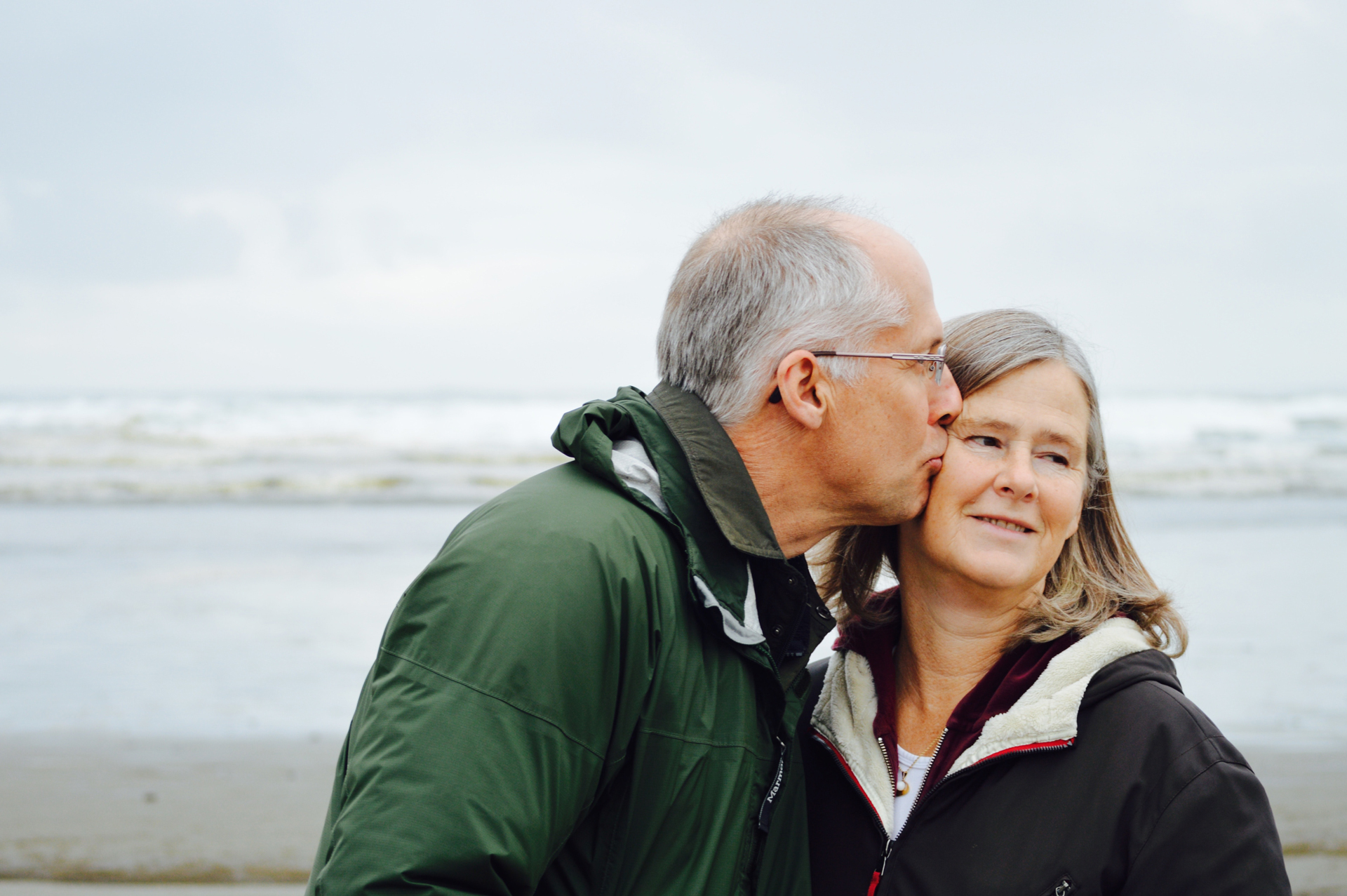Advice on Exercise for the Elderly
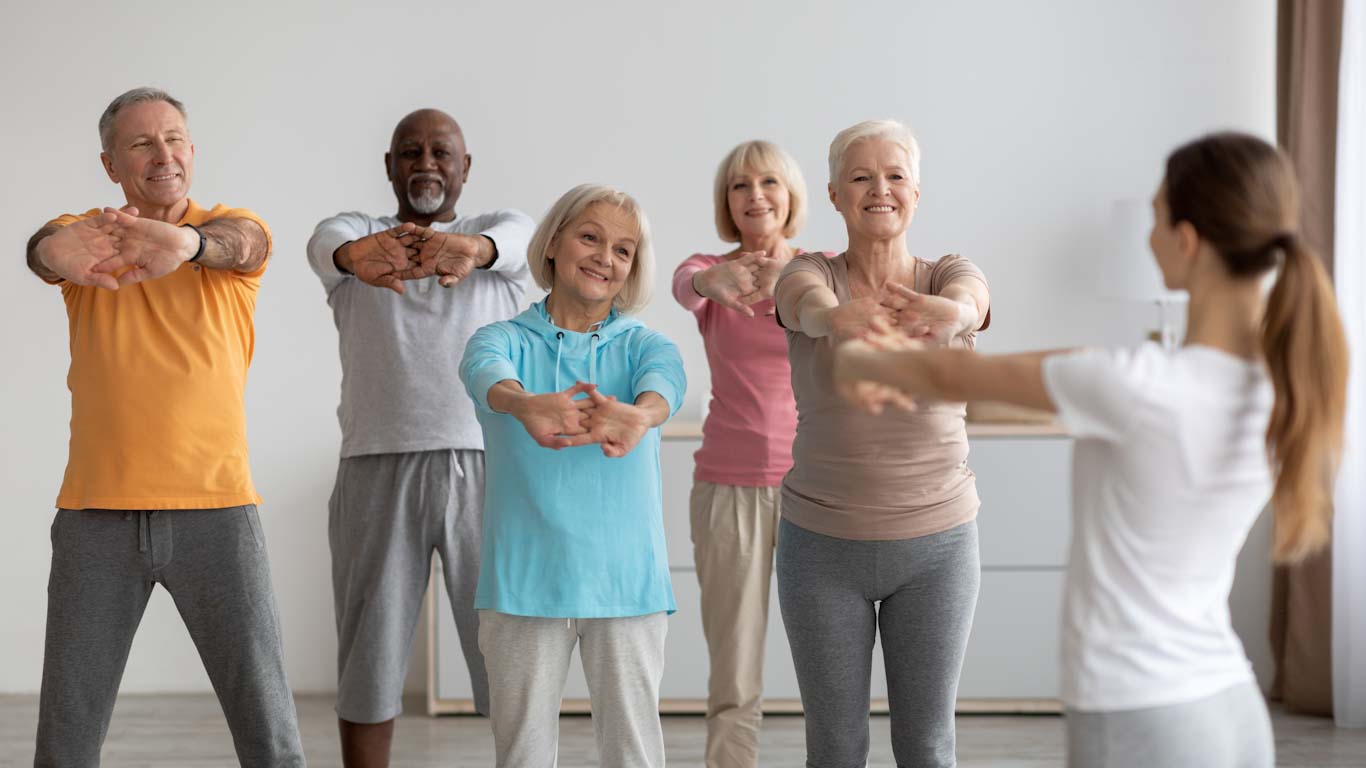

Why you should exercise when you get older and what you should do
As you grow older it’s important to keep as active as possible, to help keep physically and mentally fit. External benefits aside, the effects of exercise go way beyond the surface and extend to other areas of the body other than the muscles.
- A stronger immune system
Physical fitness doesn’t just make you stronger on the outside; it makes you stronger on the inside too. Being in the peak of health means your body can overcome infections and viruses more easily, so you won’t fall sick as often as others who are less fit. Being physically fit also means your body takes a shorter time to recover from illnesses and injury.
- Stronger bones for better balance
Osteoporosis is a common problem amongst the elderly – the reduction in bone mass as one ages means that the bones are generally weaker and less able to absorb weight and impact. That’s why falls can be particularly harmful and take longer to recover from. With regular exercise, you can combat the loss in bone density and build up strength in your bones so that they become more resilient to stress.
- Reduced risk of old-age health problems
There are many degenerative diseases associated with ageing, such as dementia, Alzheimer’s, and Parkinson’s disease. Exercise can help keep the mind’s cognitive functions active and an active mind is better able to slow down the effects of dementia. Also, exercise helps to strengthen one’s daily motor skills, which combats the symptoms of Parkinson’s disease.
The best kind of exercise as you get older:
Swimming
Swimming is a great form of aerobic exercise because your joints aren’t put under heavy stress since your body weight is supported by the water. This makes swimming a great exercise for those suffering from arthritis and osteoporosis. Furthermore, the additional resistance provided by the water grants some strength training benefits.
Another great exercise in the water is water aerobics – you’ll be doing a series of water exercises while standing in the pool, so familiarity with swimming isn’t necessarily required.
Tai Chi
Tai chi is a low-intensity sport with great benefits for one’s balance and flexibility. Tai chi is conducted in groups so also great for meeting people and social interactio. Furthermore, Tai Chi is well-known to be a mindful sport that helps with relaxation and focus, so it’s great for mental health too!
Brisk walking
Brisk walking is a less intense type of aerobic exercise as compared to jogging, but it’s still a very beneficial exercise that gets your heart rate up and your muscles working. Brisk walking also has advantages over jogging in that it exerts less impact on your joints, so if you have weak knees or ankles, brisk walking will be a much better choice of exercise than jogging.
While brisk walking might not sound like a proper exercise, you’d be surprised that there are actually techniques to master this sport. Unlike normal walking, brisk walking is about improving your gait – that is, how fast you switch legs – as well as increasing your stride by swinging your hips slightly every step you take. Brisk walking is also about maintaining good posture: your back should be held straight, and shoulders should be set back for maximum benefits.
Stationary cycling
Stationary bicycles can be found easily at most gyms, including the ones at community centres. If you prefer exercising in fresh air, the fitness corners at some HDB estates also have stationary bicycles to train on. Stationary cycling is a great form of aerobic exercise and the best part is that it doesn’t exert any impact on your joints, so there’s a very minimal chance of injury.
Regular stretching
Stretching should be done every day because it’s an essential exercise to keep your muscles in top condition. Make sure you stretch all the different muscles in your body: neck, back, chest, abdomen, sides, arms, thighs and calves. Also, work the joints in your body regularly to keep them from getting stiff. These include your shoulders, hips, knees and ankles.
Yoga
Yoga is a more structured practice of regular stretching exercises which also helps with muscle building at the same time. While you’ll be working your muscles to support your own weight during yoga, this stress won’t be exerted too much on your joints, so yoga is great for those who experience issues with their bones or joints. Like Tai Chi, yoga classes can be a great way to find friends to exercise and bond with and it also trains mental discipline and focus.
Regular exercise will help keep your body strong and your brain active as you age. Here are some tips to keep your exercise sessions safe and accident-free.
– Start off slow and remember to warm up, allow your body to adjust and warmed up before you speed up and let your heart rate increase.
– Stop at the first sign of pain – any abnormal discomfort like a spiking heartbeat or dizziness, stop the exercise and seek medical help.
– Wear the right clothes and sportswear, particularly the right trainer to prevent injury.
